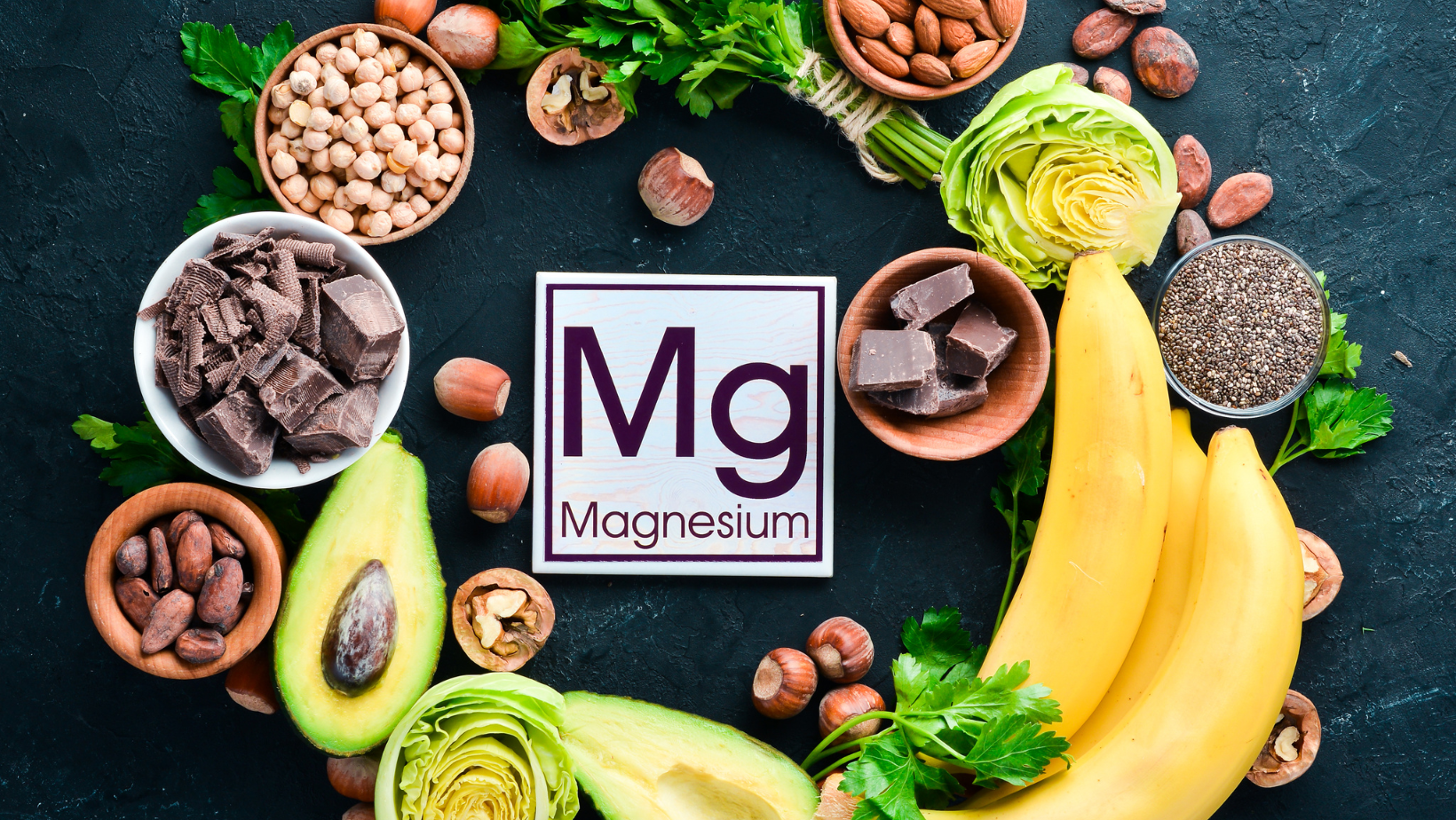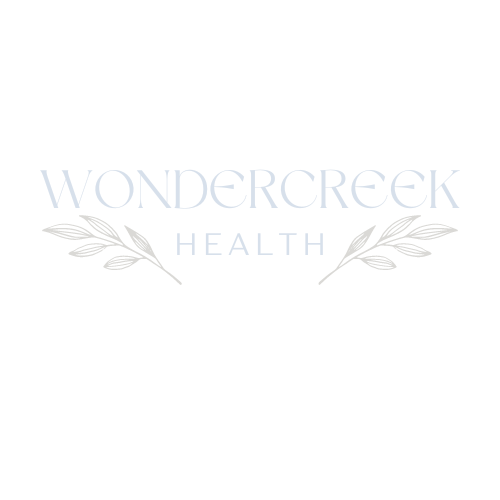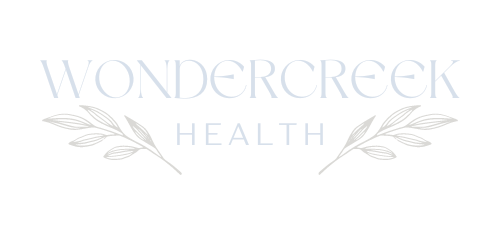Finding Focus: Addressing the Hidden Challenges of ADHD in Midlife Women

Hello everyone,
Attention Deficit Hyperactivity Disorder (ADHD) is often perceived as a condition that primarily affects children, particularly boys. However, many women reach midlife with undiagnosed ADHD, having faced years of misunderstanding and misdiagnosis. In this post, we’ll explore why ADHD in midlife women is often overlooked and how recognizing and addressing it can significantly improve their quality of life.
The Masking Effect
For many women, ADHD symptoms are masked by their coping strategies or misattributed to other conditions. Women are more likely than men to have the predominantly inattentive presentation of ADHD, which does not include the hyperactivity aspect that most people associate with the disorder. This can result in symptoms being dismissed as personality traits rather than indicators of ADHD.
Symptoms such as forgetfulness, disorganization, and difficulty focusing are often mistaken for signs of stress, hormonal changes, or the natural aging process. Additionally, women’s tendency to internalize their struggles can lead to secondary issues like anxiety and depression, which can obscure the underlying ADHD.
The Impact of Hormonal Changes
Hormonal fluctuations during perimenopause and menopause can exacerbate ADHD symptoms. Estrogen plays a key role in regulating neurotransmitter activity affecting attention and mood. As estrogen levels fluctuate and eventually decline during menopause, women may experience heightened ADHD symptoms or find that their current management strategies are less effective.
This hormonal interplay can make ADHD symptoms appear more pronounced or volatile during midlife, leading to increased challenges in daily functioning and mental health.
Strategies for Management
Recognizing ADHD in midlife requires a careful consideration of lifelong patterns of behavior and challenges. Here are some strategies that can help manage ADHD symptoms in midlife:
- Professional Diagnosis: If you suspect you have ADHD and have never been diagnosed, seeking a professional evaluation is crucial. A healthcare provider specializing in ADHD can offer insights and diagnostic clarity.
- Education: Understanding ADHD and its implications can empower women to seek appropriate support and interventions. Knowledge about how hormonal changes affect ADHD is particularly important for midlife women.
- Medication: ADHD is often effectively managed with medication that can help balance neurotransmitter levels. For some women, adjusting medication during hormone fluctuations may be necessary.
- Cognitive Behavioral Therapy (CBT): CBT and other forms of therapy can be beneficial in developing coping strategies to manage symptoms effectively.
- Support Networks: Joining support groups or networks can provide emotional support and practical advice from others who are experiencing similar challenges.
- Lifestyle Adjustments: Incorporating regular exercise, a balanced diet, and sufficient sleep can significantly improve concentration and overall mental health.
Conclusion
It’s important for women, especially as they approach and go through menopause, to reevaluate their mental health and consider whether ADHD might be a contributing factor to their challenges. Understanding and addressing ADHD in midlife can lead to a significant improvement in quality of life and provide a framework for better managing the changes that menopause brings.
If you’re navigating these waters, remember, you’re not alone. Many women are discovering their ADHD later in life and finding ways to thrive. Sharing your experiences can help others feel less isolated and more understood.
Let’s continue this conversation and support each other through these complex, intertwined journeys of ADHD and menopause.
Warm regards,
Dr. Anna
WonderCreek Health Blog



